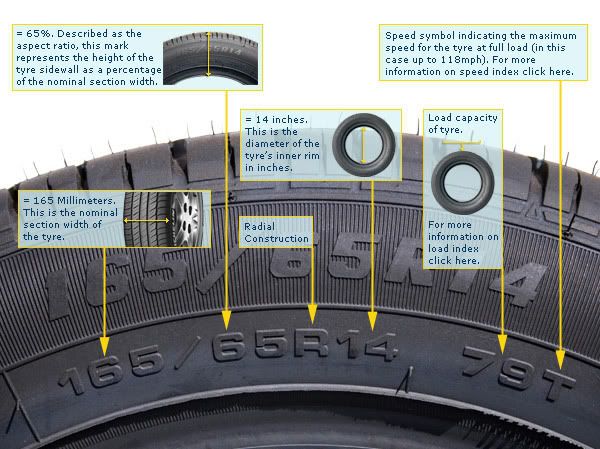Guidelines on exterior modifications:Minor modifications or add-on accessories which is allowed without asking the permission from JPJ
There are some modifications or add-on accessories which can be done without getting any permission of the Head Director of JPJ, especially those which do not give any effect of characteristics, stability and safety of the vehicle, such as:-
1. Front and rear air spoilers
2. Side skirts, aerofoils and door visors
3. Front and rear protecting guards
4. Minor modifications on radiator grilles, front bonnet or shape and design or the lamps.
5. Modifications or add-on of big bumpers (either it is metal or fibreglass) at the front and rear.
6. Bigger size of rims and tyre
7. Roof rack
8. Additional brake lamps (red in colour) or signal lamps (Amber in colour)
9. Spot lights or Halogen lamps (Both white and yellow) at the front region, which serve as an additional to the existing lamps.
Notes:
The list above will be updated and edited from time to time.
However, these minor modifications and add-on accessories have to fulfill all the needs of the law which is listed in Motor Vehicles (Construction and Use) Rules 1959 or Motor Vehicles (Construction, Equipment and Use) Rules 1988.
Examples:-
1. Air spoiler, aerofoil or side skirt. not over 150mm measured from the area outwards from the rear tyre.

2. Door visors. not over 100mm width and height.

3. When using big rims or wide tyres, it should be fully-covered with mudguards or mudflaps.
4. Protecting guards. It should not cover the vehicle's lamps. Sharp edges or pointing parts which is more than 100mm are not allowed. Also, the overall width should not be more than the vehicle's original width.

5. Add-ons of big bumpers or protecting guards, the extra allowance should not exceed 50% from the vehicle's wheel base.
6. The distance between headlamps and signal lamps should not exceed 300mm and 400mm, measured from the widest area of the vehicle after modification.
7. Roof rack. It should not exceed the length of the roof, or width of the vehicle or the height of 400mm, measuring from the highest region of the vehicle.
--------------------------------------------------------------------
Add-on accessories which are not permited
1. Blinking lamps (except the signal lamps and hazard lamps) at the front or rear of the car.
2. Lamps which are BLUE, PURPLE or GREEN in colour.
3. Musical or two-tone horns .
4. Spotlights at the rear of the car.
5. Dark mirrors or coloured stickings (tint) at the front windscreen, rear windscreen and side windows, which the go-through rate of light is less than 70%.
Note: However, the installation of dark mirror or coloured stickings (tint) on top of the front windscreen can be as much as 20% of the width and the triangle glass of the side windows are allowed. The list above will be updated from time to time.
--------------------------------------------------
Types of modification which requires the permission of JPJ before installations
If the modification and add-on of additional accessories can cause a big differences in terms of design, measurements, stability and safety, and characteristics of the original vehicle, a written permit is required from JPJ. Examples:-
1. Modification on the frame andstructure or monocoque frame of a motorized vehicle.
2. Modification on its shape or original characteristics of the vehicle.
3. Modification from a saloon car to a convertible car.
4. Modification on the fuel system.
5. Changes on the braking systems
6. Changes on the steering system
7. Changes on the vehicle's wheel base
8. The use of fibreglass body as to replace the metal body parts.
9. Changes on the engine.
10. Installation of sunroof on the roof.
Guidelines on window tints:Kaedah 5 (1) dan Kaedah 5 (3),Kaedah-Kaedah Kenderaan Motor (Larangan Mengenai Jenis-Jenis Kaca Tertentu) Pindaan 2000, stated that the front mirrors has to be not less than 70% of light go-through, where as the rear mirror and the side windows have to be not less than 50%.
Special exception for dark mirror installations
Installations of dark glass is given to certain selected people only as written under kaedah 11(a) dan 11(b),Kaedah-Kaedah Kenderaan Motor (Larangan Mengenai Jenis-Jenis Kaca Tertentu) 1991. Those who are not listed under kaedah 11(a) dan 11(b) who are having exposed skin health problems or life threat, can be granted with the special exception on special installations of dark mirrors.
 I’m still eagerly awaiting for BMW to release how the M-Sport package for the new F10 BMW 5-Series will look like but for those who prefer something a little more aftermarket than just a regular M-Sport package there’s always the Alpina kit, and this is what the Alpina F10 will look like.
I’m still eagerly awaiting for BMW to release how the M-Sport package for the new F10 BMW 5-Series will look like but for those who prefer something a little more aftermarket than just a regular M-Sport package there’s always the Alpina kit, and this is what the Alpina F10 will look like. 




















